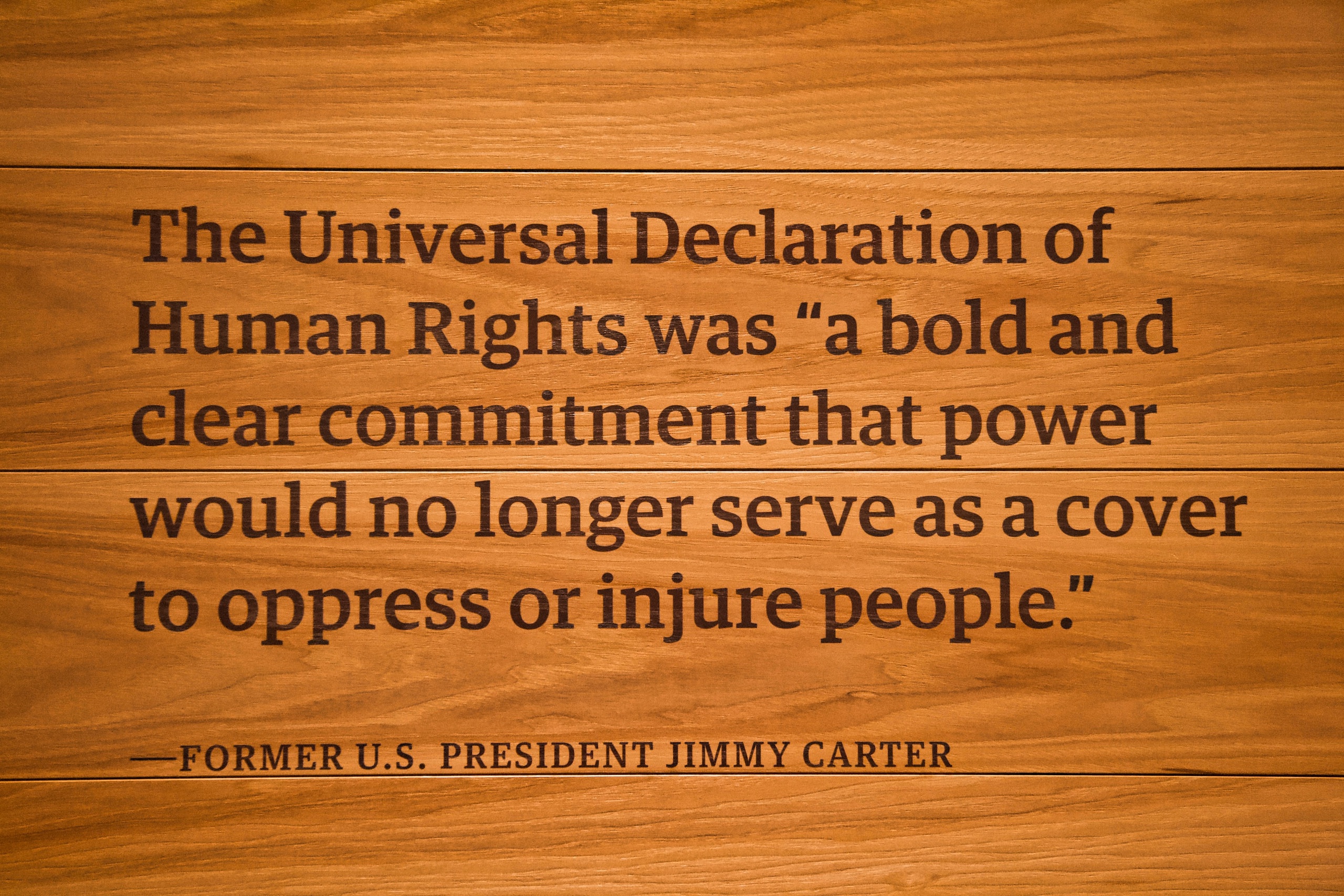On December 7th, 2020 the member states of the European Union formally approved the EU Global Human Rights Sanctions Regime (EUGHRSR) also referred to as the ‘EU Magnitsky act’. This article aims to give a clear explanation of what the so-called ‘EU Magnitsky act’ is, how this act works, and why it was so much needed within the European Union.
The EU Global Human Rights Sanctions Regime is seen as a European version of Magnitsky legislation. The name of this type of legislation is referring to Sergey Magnitsky, a Russian whistleblower who died in a Russian jail due to Human Rights violations. Magnitsky legislation is aimed to give governments the possibility to sanction individuals, entities, or bodies who are accused of severely violating Human Rights and/or being involved in corruption. Around the world, several countries introduced this type of legislation. The first to be the United States in 2012 with singing the ‘Magnitsky Act’ into law. But also other countries such as Canada, Latvia, Kosovo, and the United Kingdom incorporated similar Magnitsky legislation into their national legal system.
So how does the EU Magnitsky Act make it possible to sanction individuals, bodies, or entities? Each of the EU member states, as well as the High Representative of the EU for Foreign Affairs, can propose to the European Council to establish, review and amend the sanctions list. Those who are suspected of genocide, crimes against humanity, and other serious Human Rights violations or abuses such as torture or arbitrary detentions, can end up on the sanctions list. Several measures can be taken against individuals, bodies, or entities who are on the sanctions list. For example, there can be imposed a travel ban for individuals, denying them access to EU territory. Also, funds located in the EU that belong to individuals or entities on the sanctions list can be frozen. Finally, it can be prohibited for EU persons to provide any funding to those who are on the sanctions list. Currently, classified meetings are being held on the question of whom should be subjected to the first round of sanctions under this new EU Magnitsky Act.
So why is the EU Global Human Rights Sanctions Regime so much needed within the European Union if there are already existing mechanisms to sanction Human Rights violators? The existing mechanisms which were used before the new EU Magnitsky Act were specifically aimed at certain countries or crisis areas. With this new legislation, it will be possible to sanction Human Rights violators regardless of where the Human Rights violation did occur. This new legislation gives the abilities to the European Council to act quicker and more efficiently to any severe Human Rights violation, regardless of where this occurred and by whom it was executed. This new EU Global Human Rights Sanctions Regime is, therefore, a big step forward in defending Human Rights around the globe. The same was stated by Josep Borrell, the High Representative of the European Union for Foreign Affairs and Security Policy, who stated this new legislation was a landmark within the European Union.








